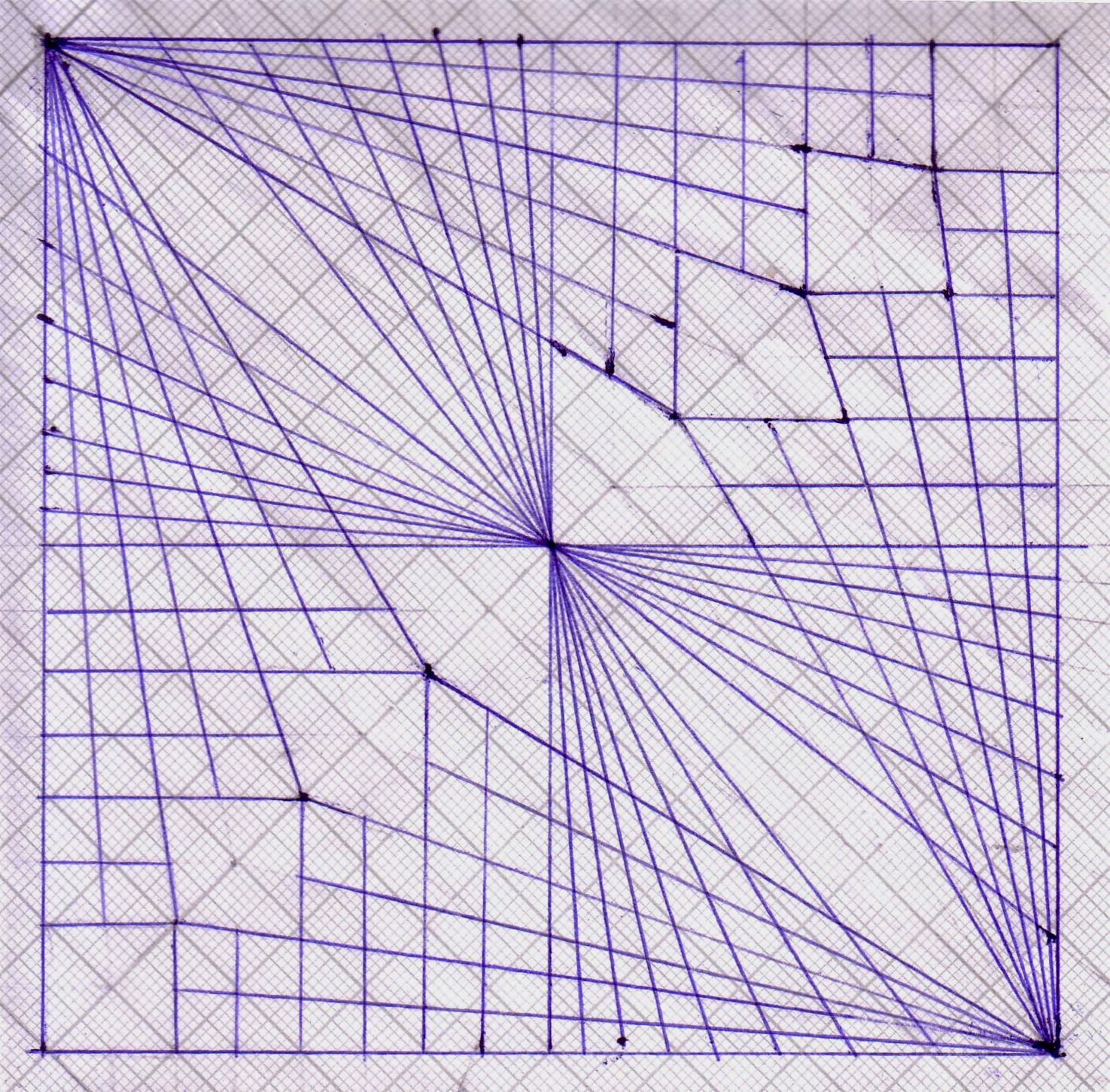Ive never worked with plaster before or done much sculpture but ive really enjoyed working this workshop. First off was using the vacuum former to create a mould to be poured. I was still struggling a bit with my theme for transformation so i took inspiration from a picture of the moon i got online. Using nuts and washers i created a mould on a block of wood and poured the plaster into it. When it dried i used a dry brushing technique to paint it.
I used a bit of sandpaper as the 'moon' and washers and nuts found the workshop cupboard as craters, on top of it all i put some plastic netting stuff which helped me get all the washers and bits out of the mould and created all the liney texture.
You might be able to see that part of the mould broke off where one of the larger nuts was
The dry mould was painted with black acrylic then when that was dry it was gently brushed with a tiny bit of white acrylic on a dry paintbrush.
Continuing with plaster was a bit of plaster carving, first of all i had to come up with a design so that i could create a clay wall to be poured. I decided to look at virus microbes for inspiration and create a sculpture based on the cold virus.
I started off with a clay wall to pour my plaster into, when dry this would then be carved into with chisels and grating tools like the yellow handled one.
This was actually really hard going and took longer than i thought, it was difficult to create the smaller spheres and keep them intact while i carved out the larger spheres the plaster was also getting drier as the days went on so carving was a bit more difficult.












































